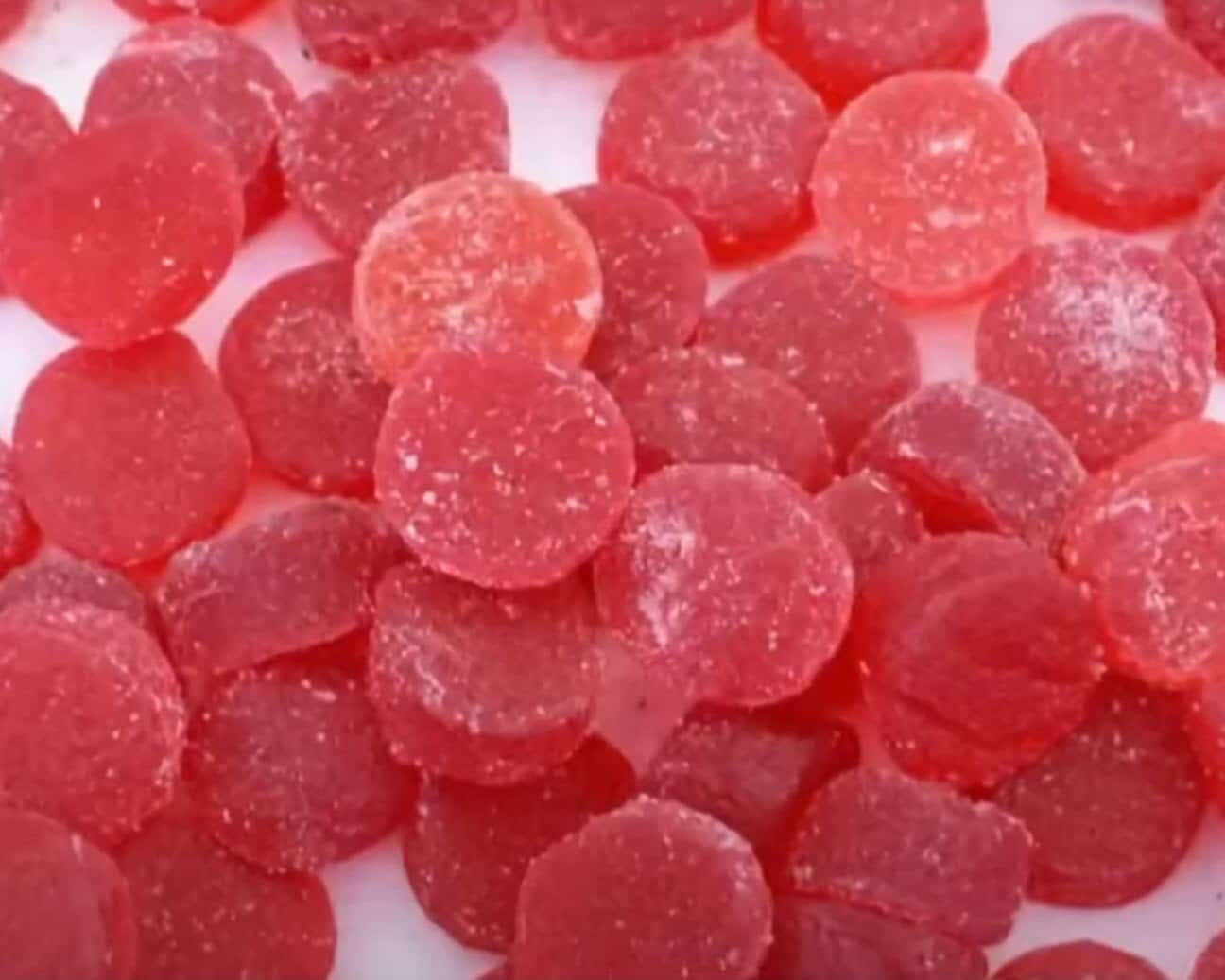The Food and Drug Administration (FDA) has announced its decision to ban the use of Red No. 3, a synthetic dye commonly found in candies, cereals, and other food products. Known for its vibrant cherry red hue, the dye has been linked to cancer in laboratory studies involving animals. This long-awaited move is being celebrated by consumer advocacy groups and lawmakers alike.
Red No. 3 has been used in the U.S. food supply since its approval in 1907. However, concerns about its safety began to surface in the 1980s, following studies that linked high doses of the dye to tumors in male rats. Despite this evidence, it remained legal for use in food products, even after being banned for use in cosmetics in 1990 under the Delaney Clause, a federal law prohibiting food additives linked to cancer in humans or animals.
FDA announcement:
“The FDA is revoking the authorization for the use of FD&C Red No. 3 as a matter of law, based on the Delaney Clause of the Federal Food, Drug, and Cosmetic Act (FD&C Act). The FDA is amending its color additive regulations to no longer allow for the use of FD&C Red No. 3 in food and ingested drugs in response to a 2022 color additive petition. The petition requested the agency review whether the Delaney Clause applied and cited, among other data and information, two studies that showed cancer in laboratory male rats exposed to high levels of FD&C Red No. 3 due to a rat specific hormonal mechanism. The way that FD&C Red No. 3 causes cancer in male rats does not occur in humans. Relevant exposure levels to FD&C Red No. 3 for humans are typically much lower than those that cause the effects shown in male rats. Studies in other animals and in humans did not show these effects; claims that the use of FD&C Red No. 3 in food and in ingested drugs puts people at risk are not supported by the available scientific information.
The Delaney Clause, enacted in 1960 as part of the Color Additives Amendment to the FD&C Act, prohibits FDA authorization of a food additive or color additive if it has been found to induce cancer in humans or animals. This is not the first time the agency revoked an authorization based on the Delaney Clause. For example, in 2018, the FDA revoked the authorization for certain synthetic flavors based on the Delaney Clause in response to a food additive petition.
FD&C Red No. 3 is a synthetic food dye that gives foods and drinks a bright, cherry-red color. The FDA estimates that FD&C Red No. 3 is not as widely used in food and drugs when compared to other certified colors based on information available in third-party food product labeling databases, food manufacturers’ websites and other public information, and the FDA’s certification data. FD&C Red No. 3 has been primarily used in certain food products, such as candy, cakes and cupcakes, cookies, frozen desserts, and frostings and icings, as well as certain ingested drugs.
Manufacturers who use FD&C Red No. 3 in food and ingested drugs will have until January 15, 2027 or January 18, 2028, respectively, to reformulate their products. Other countries still currently allow for certain uses of FD&C Red No. 3 (called erythrosine in other countries). However, foods imported to the U.S. must comply with U.S. requirements.”
“Removing Red No. 3 from our food supply eliminates an unnecessary hazard,” said Dr. Peter Lurie, president of the Center for Science in the Public Interest (CSPI), one of the groups petitioning for its removal. “This decision should have been made decades ago.”
The FDA’s decision follows growing pressure from advocacy groups, state legislatures, and concerned consumers. California and ten other states have already restricted or banned the dye. Internationally, Red No. 3 is either banned or heavily regulated in the European Union, Japan, and Australia.
The FDA has given food manufacturers until January 15, 2027, to reformulate their products. Companies producing dietary supplements and ingested drugs will have an additional year to comply. The Consumer Brands Association, representing major food and beverage companies, has stated that its members will follow the FDA’s guidelines to ensure compliance.

“We will continue to prioritize food safety and make adjustments as necessary,” said Sarah Gallo, senior vice president of product policy and federal affairs at the association.
Red No. 3 has been linked not only to cancer but also to potential behavioral effects in children. Although a 2011 FDA review found insufficient evidence to establish a causal relationship between artificial dyes and hyperactivity, many parents and advocacy groups remain concerned. As a result, some companies have already taken steps to remove artificial dyes from their products voluntarily.
“This is a victory for consumers and a critical step toward a safer food supply,” said Melanie Benesh, vice president for government affairs at the Environmental Working Group.
California Assemblymember Jesse Gabriel, who introduced a statewide ban on Red No. 3, sees the FDA’s action as a turning point.
“This decision shows that applying pressure at the state level works,” Gabriel said. “This is a bipartisan effort, and it’s just the beginning.”

Advocates hope that the FDA’s decision will pave the way for re-evaluating other artificial dyes and food additives. The movement reflects a growing demand for transparency and safety in the food industry.
As more companies adapt to the ban and remove Red No. 3 from their products, consumers are encouraged to remain vigilant about the additives in their food. The FDA’s action serves as a reminder of the importance of regulatory oversight in safeguarding public health.





